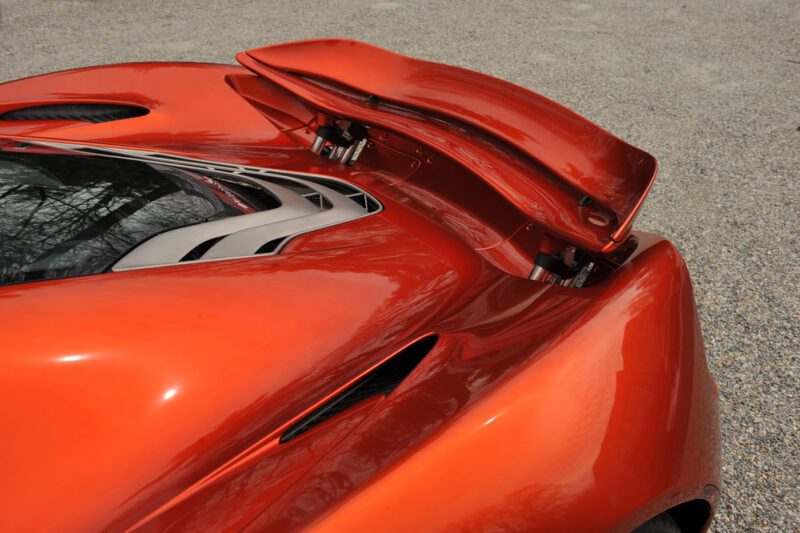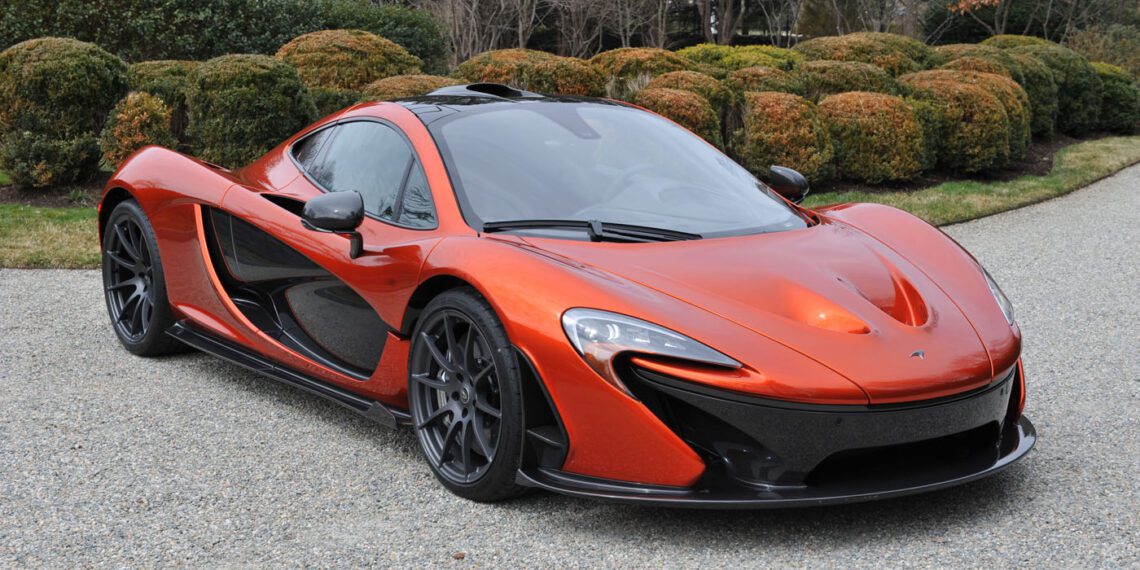Presented by Broad Arrow Group.
• One of just 375 examples constructed between 2013 and 2015, of which just 120 were U.S. delivery models
• Immaculately presented in Volcano Orange with black leather interior
• Believed to be one of only 36 examples delivered in this most desirable color combination, with perhaps as few as 12 exported to the U.S.
• Only two owners from new, with just 281 documented miles from new
• Benefitting from expenditure of approximately $49,000 for comprehensive servicing by McLaren Greenwich in February 2022.
Variously known in the worlds of education, music and sport as the sophomore slump, second-album syndrome and second-season syndrome respectively, the notion of a subsequent endeavour failing to live up to the exalted standards of the first is a familiar one. This paradigm is of course equally applicable to the manufacturing industry, particularly so when that first endeavor happens to be the McLaren F1; a car so revered as to be perhaps the only one considered the spiritual successor to the immortal Ferrari 250 GTO. In short, how does a company — even one with McLaren’s vast collective resources — avoid its second top-line supercar being a relative disappointment compared to the first?
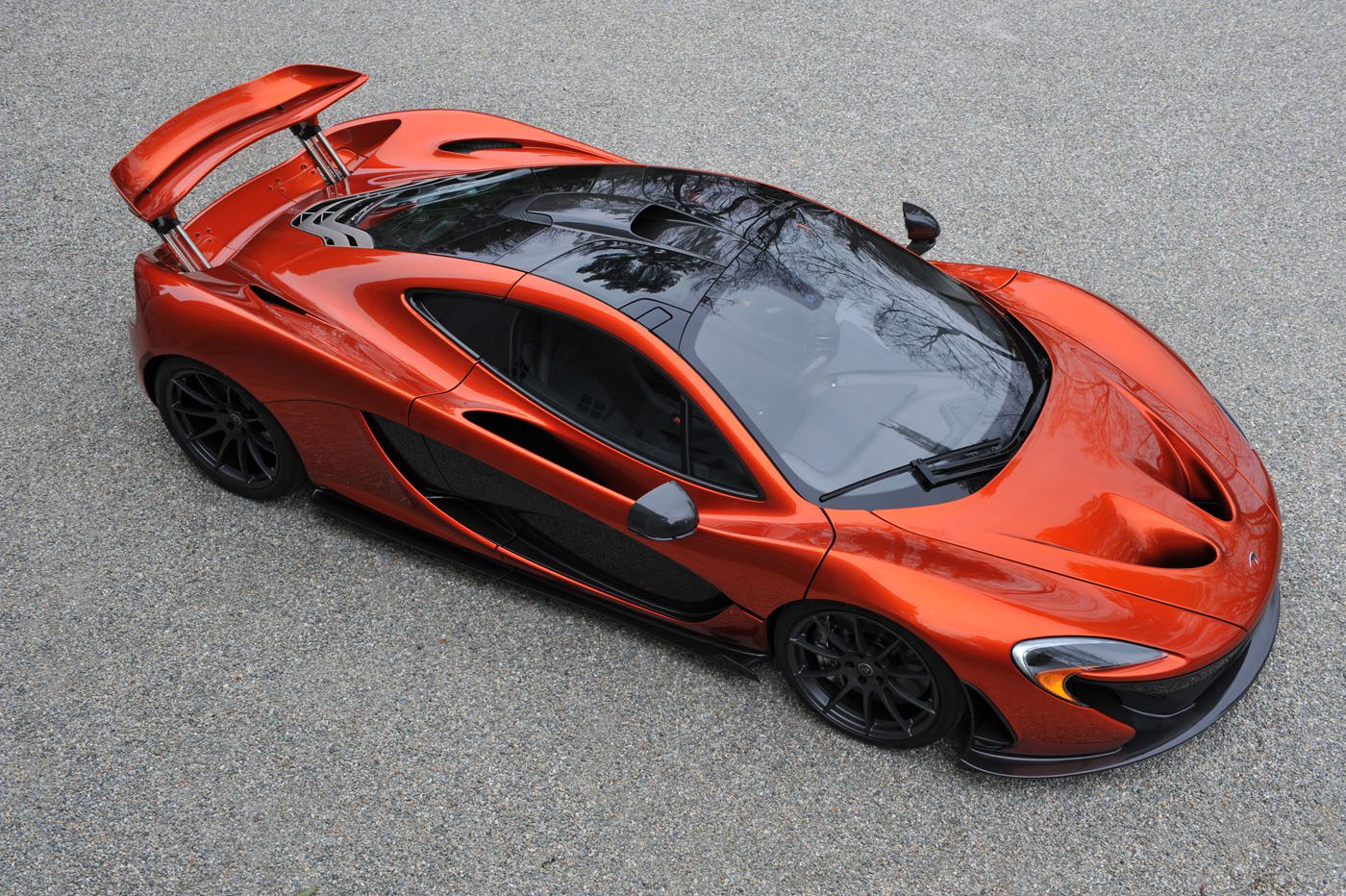

Remarkably, 2022 represents the 30th anniversary of F1 production commencing, while next year will mark a quarter century since it ceased. However, barely had the final F1 left the Woking factory before speculation started to mount as to the specification and timing of its possible replacement. In 2010, after carrying out predictably exhaustive feasibility studies and having revived the formerly dormant McLaren Cars concern as McLaren Automotive, the Group made the decision to return to road-car production with their new MP4/12C model.
Although hugely capable, and assembled with the customary McLaren attention to detail, the 12C was aimed at a very different market to its illustrious predecessor. Rather than being an ultimate specification, ultra-low volume model in the same vein as the F1, it would be produced in significant numbers and marketed via a global network of McLaren dealerships. Moreover, McLaren aimed to challenge the hegemony of Ferrari and Porsche in the production supercar sector; their intention being that the 12C would form the basis of an entire generation of derivatives.
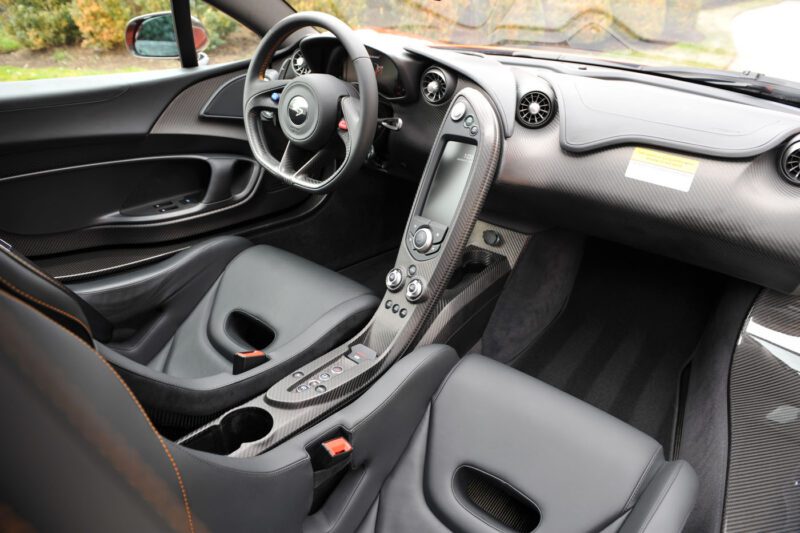
Buoyed by promising early commercial success for the 12C, McLaren formally announced their long-awaited F1 successor, the P1, in May 2012 — a car which assuredly would subscribe to the F1’s original principles and appeal to a similar, rarefied demographic. The new car’s secretive development went back as far as 2009, when it was decided that — rather than use a conventional normally-aspirated V12 engine, as in the F1 — a relatively compact V8 turbo unit would be employed. Significantly, and in common with direct competitors Porsche and Ferrari with their respective 918 Spyder and La Ferrari models, this would operate in conjunction with an electric motor to form the company’s first foray into hybrid supercar territory.
Believed to be one of just 36 P1s delivered worldwide in the striking body color of Volcano Orange, this particular chassis — number 220 of the 375 constructed — was delivered new to the US in 2015 but remained in the original ownership only briefly prior to its acquisition by the current owner later that year. Now offered by Collectors Garage for private sales aquisition, this 2015 McLaren P1 has covered a mere 281 miles from new, unsurprisingly presenting in “as new” condition throughout. Indeed, such is the car’s originality that it still retains the airbag warning decal on the passenger side of the dashboard; an item usually removed in the early stages of P1 ownership as a matter of course. In February 2022, the car was subjected to a thorough technical overhaul and five-year service at McLaren Greenwich of Stamford, Connecticut, at a cost of some $49,000; the vehicle having covered just three test miles since.
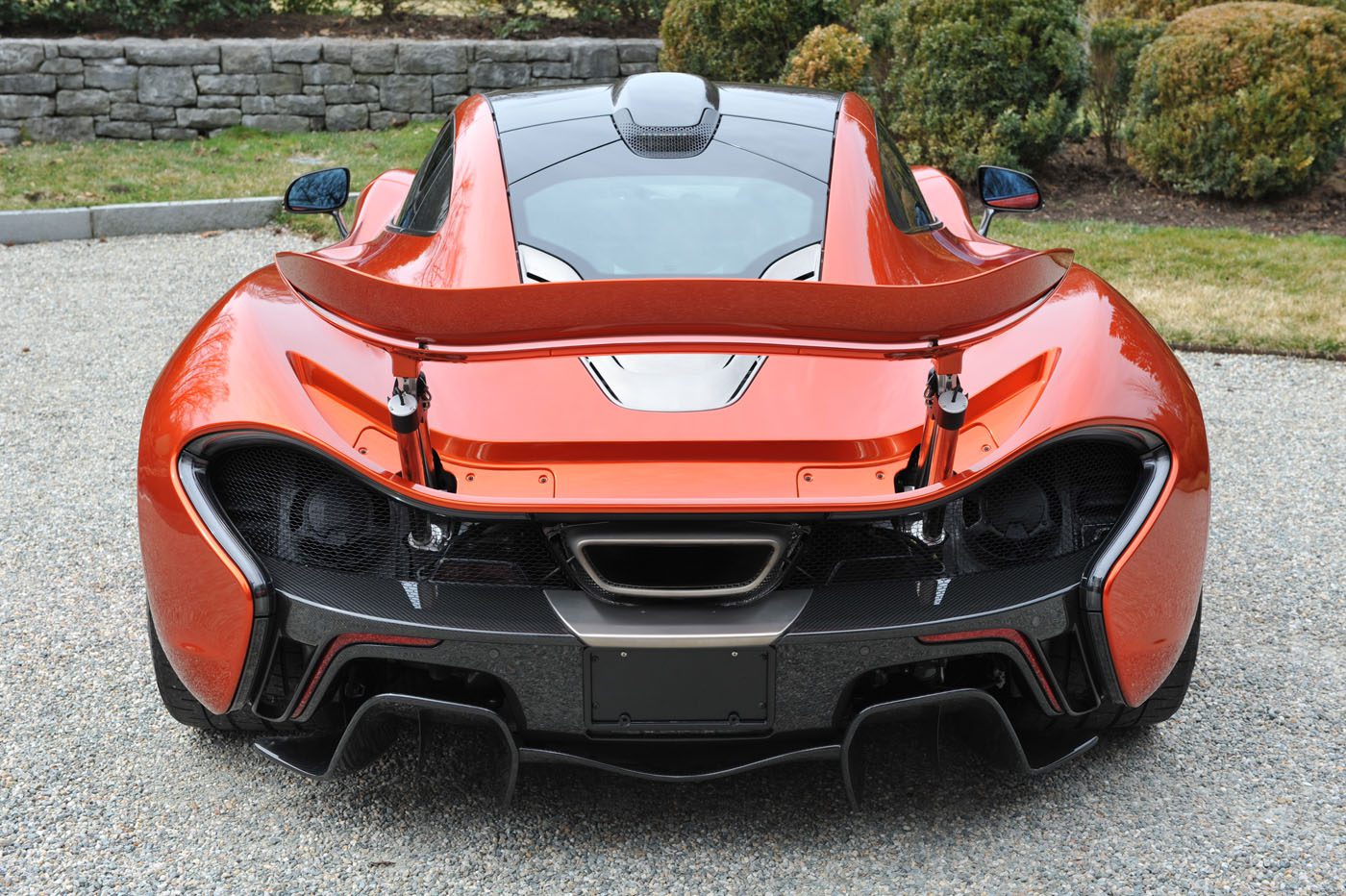
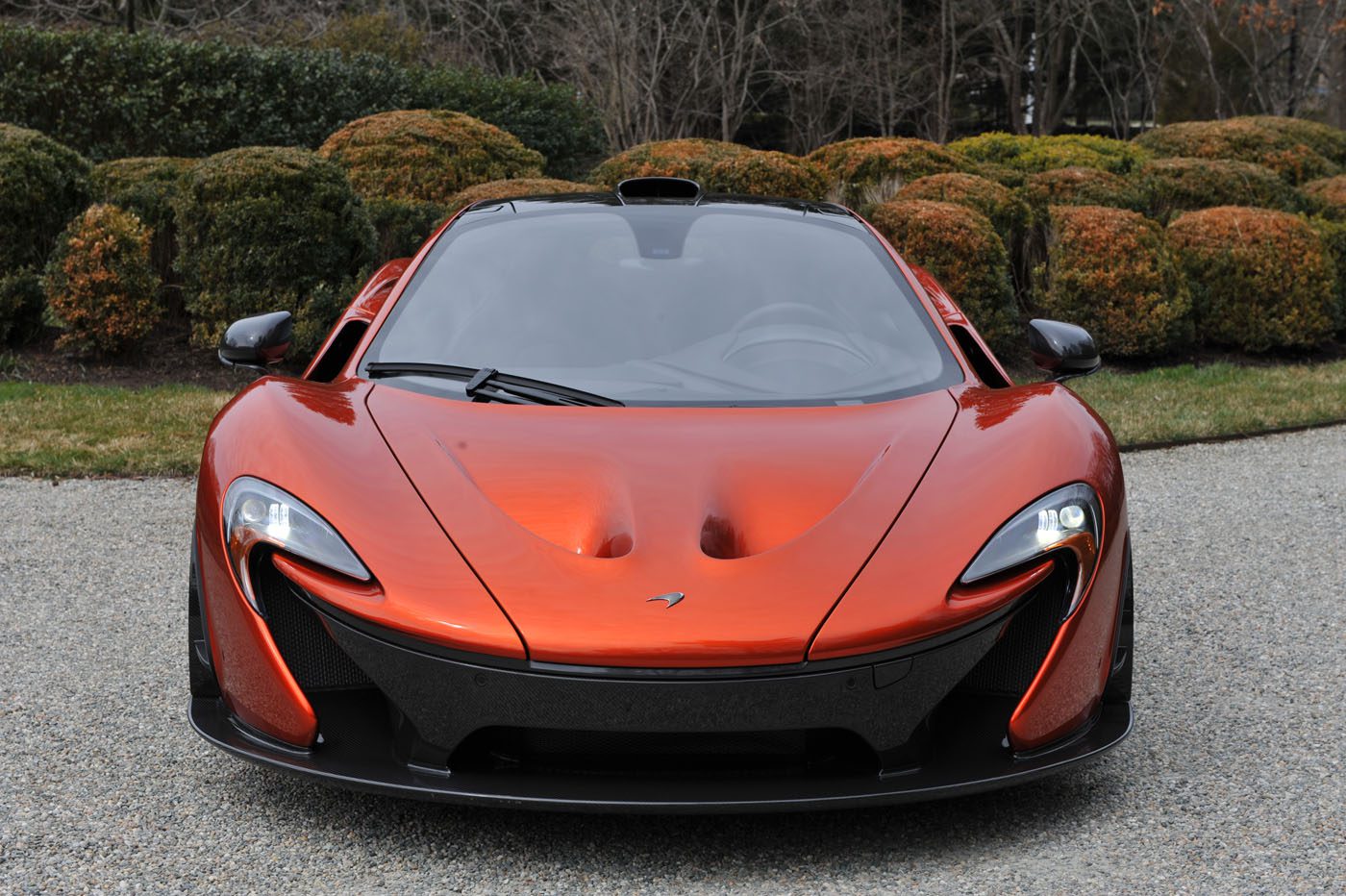
Inevitably — and perhaps fittingly — the span of more than 20 years between the F1 and P1 makes a direct, objective comparison between the two all but impossible. Both are assuredly products of their time: the F1 arguably the last of the true “analog era” supercars, unapologetically offering the visceral back-to-basics driving experience intended by designer Gordon Murray; the P1 every inch the 21st century supercar bristling with ground-breaking technology, outrageous performance, and impressively sophisticated yet utterly seamless and brilliant driver aids. Thus, it is the way in which the new car makes this performance so accessible — not to mention the competition-bred spirit with which it is imbued — that renders it a more than worthy successor to its illustrious forebear.
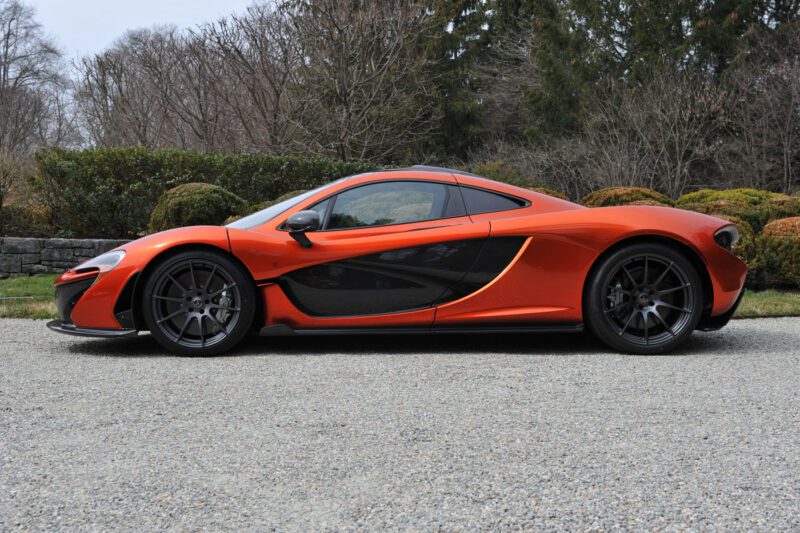
With a total production of just 375 units—and just north of 100 examples built for the U.S. — the P1 remains the rarest of the so-called “Holy Trinity” of hybrid supercars; a fact which — when allied to its dynamic abilities, racing heritage and show-stopping looks — all but guarantees its place in the pantheon of supercar greats. Given the market’s long-standing preference for ultra low-mileage cars with impeccable provenance, it is unlikely that this sub-300 mile, two-owners-from-new example will ever be surpassed in this respect. As such it offers virtually limitless collector-grade potential, as well as a similarly boundless capacity to entertain and excite in equal measure. Should you be interested in obtaining this remarkable example, please contact a team member at Collectors Garage, as we are sure the opportunity to acquire it won’t last very long.
